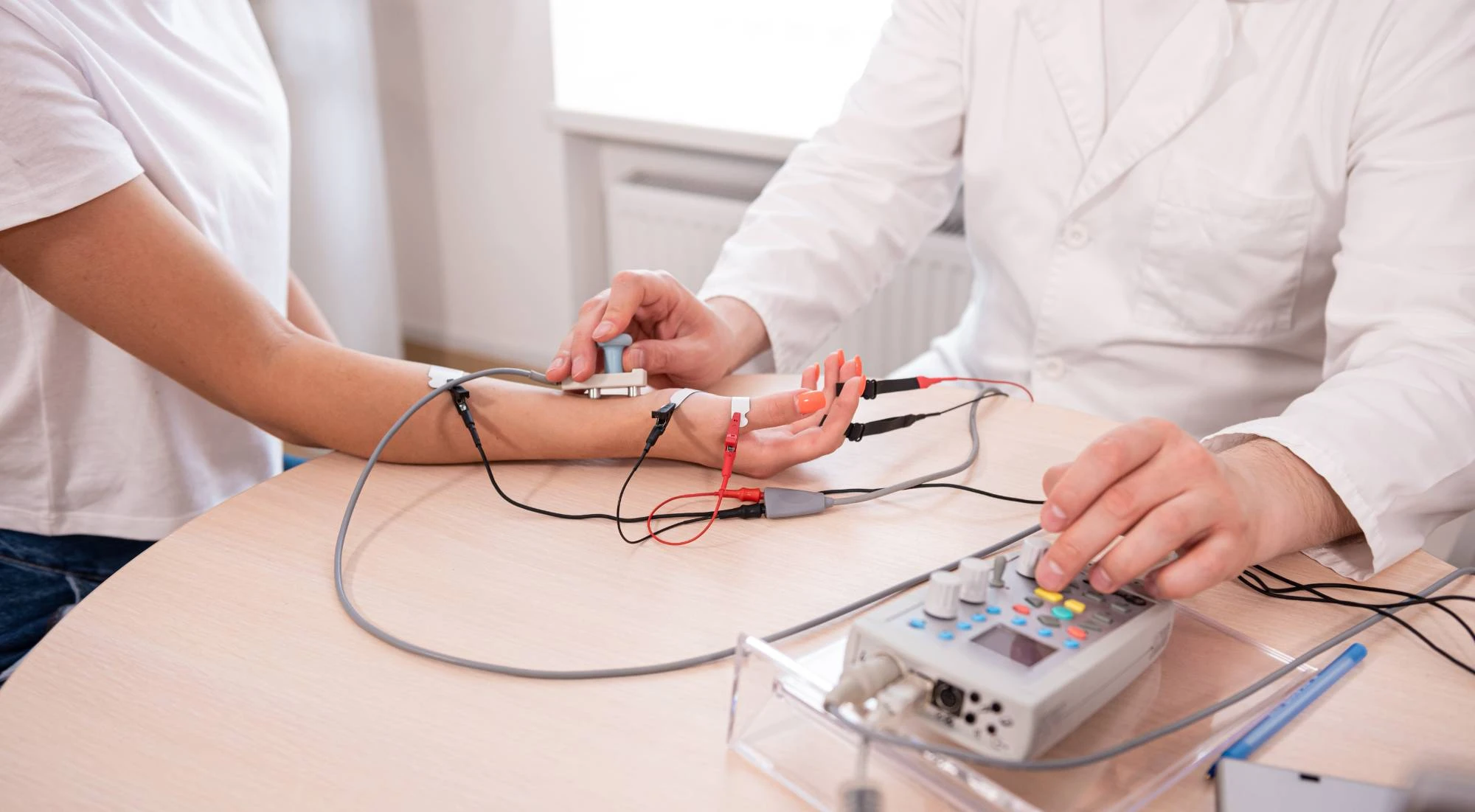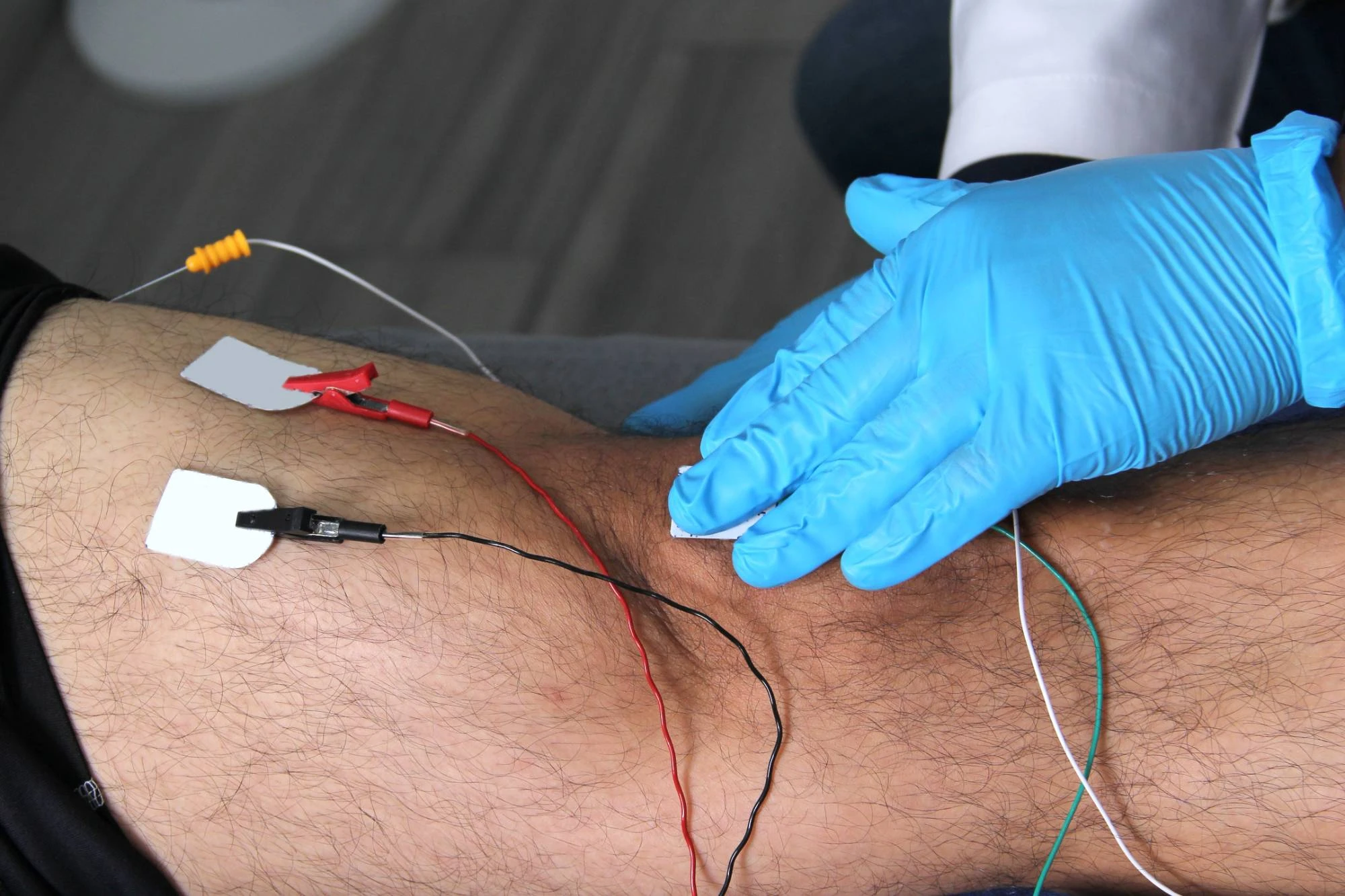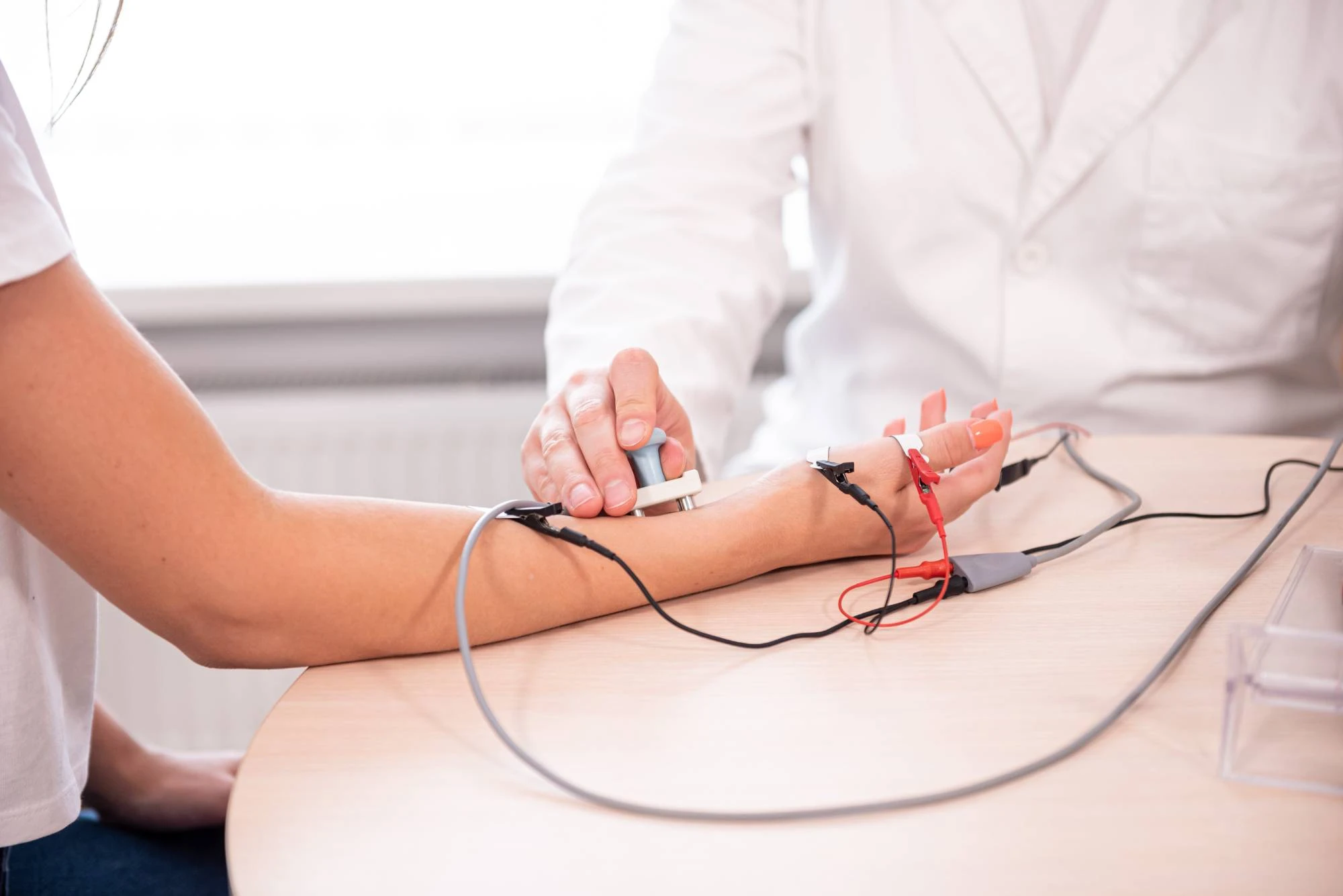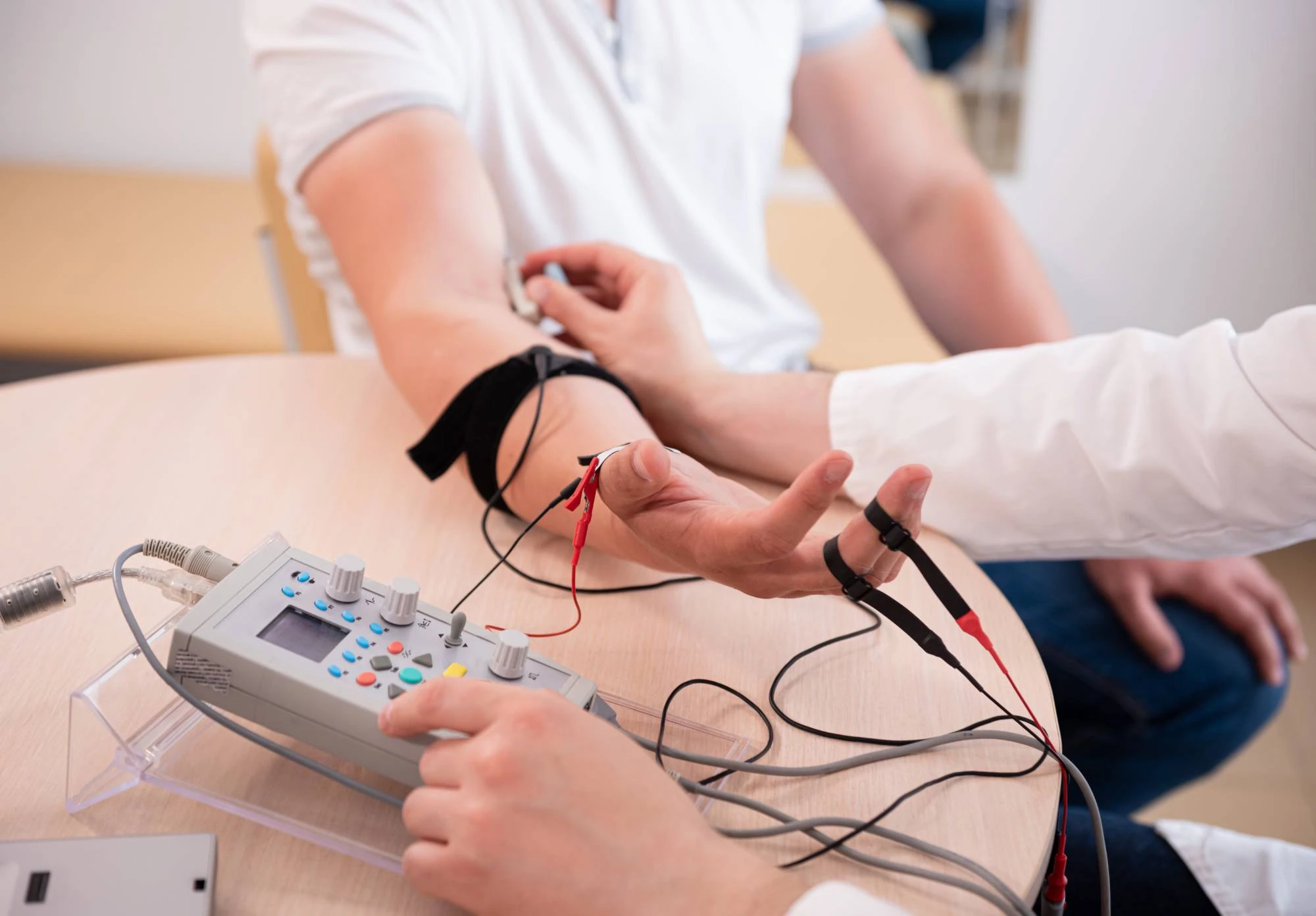Advanced electromyography testing reveals exactly what’s causing your numbness, tingling, and muscle weakness.

Reviews

You’ve been dealing with nerve pain, numbness, or muscle weakness for weeks or months. Maybe your fingers tingle when you wake up, or your leg goes numb when you sit too long. Conservative treatments aren’t working because nobody knows exactly what’s causing your symptoms.
EMG testing changes that. This diagnostic procedure measures the electrical activity in your muscles and nerves, pinpointing exactly where the problem lies. Instead of guessing about carpal tunnel syndrome or sciatica, you get definitive answers.
Once you know what’s actually wrong, treatment becomes targeted and effective. No more trying random therapies or wondering if your symptoms are “all in your head.” You get a clear diagnosis, a treatment plan that makes sense, and the confidence that comes from finally understanding your condition.
NY Spine Medicine has been serving Long Island communities for years, helping patients get accurate diagnoses for complex nerve and spine conditions. Our physicians are board-certified specialists who understand that nerve problems affect every aspect of your daily life.
You don’t need to travel to Manhattan for quality EMG testing. We use the same advanced diagnostic equipment found in major medical centers, right here in Seaside. This means you get expert care without the hassle of city traffic and parking.
Our team coordinates closely with your referring physician to ensure seamless care. You’re not just getting a test – you’re getting a comprehensive approach to solving your nerve problems.

The EMG test has two parts: nerve conduction studies and needle electromyography. First, small electrodes are placed on your skin to measure how well your nerves transmit electrical signals. This feels like tiny static shocks – brief and tolerable.
Next, a thin needle electrode is inserted into specific muscles to measure their electrical activity. The needle is much thinner than those used for blood draws. You’ll be asked to relax certain muscles, then contract them gently while the machine records the activity.
The entire process takes 30-60 minutes depending on which nerves and muscles need testing. Results are available immediately, and your doctor will explain exactly what the findings mean for your condition. You’ll leave with a clear understanding of your diagnosis and the next steps for treatment.

Ready to get started?
Your EMG testing includes both nerve conduction studies and electromyography to give a complete picture of your nerve and muscle function. This combination reveals problems that single tests might miss.
The testing can diagnose carpal tunnel syndrome, ulnar neuropathy, radiculopathy, peripheral neuropathy, and muscle disorders. You’ll also receive a detailed report explaining your results in plain language, not medical jargon.
Most insurance plans cover EMG testing when medically necessary. Our staff handles prior authorizations and will verify your coverage before your appointment. You’ll know your expected costs upfront, with no surprise bills later.

New York:
Florida:
Support